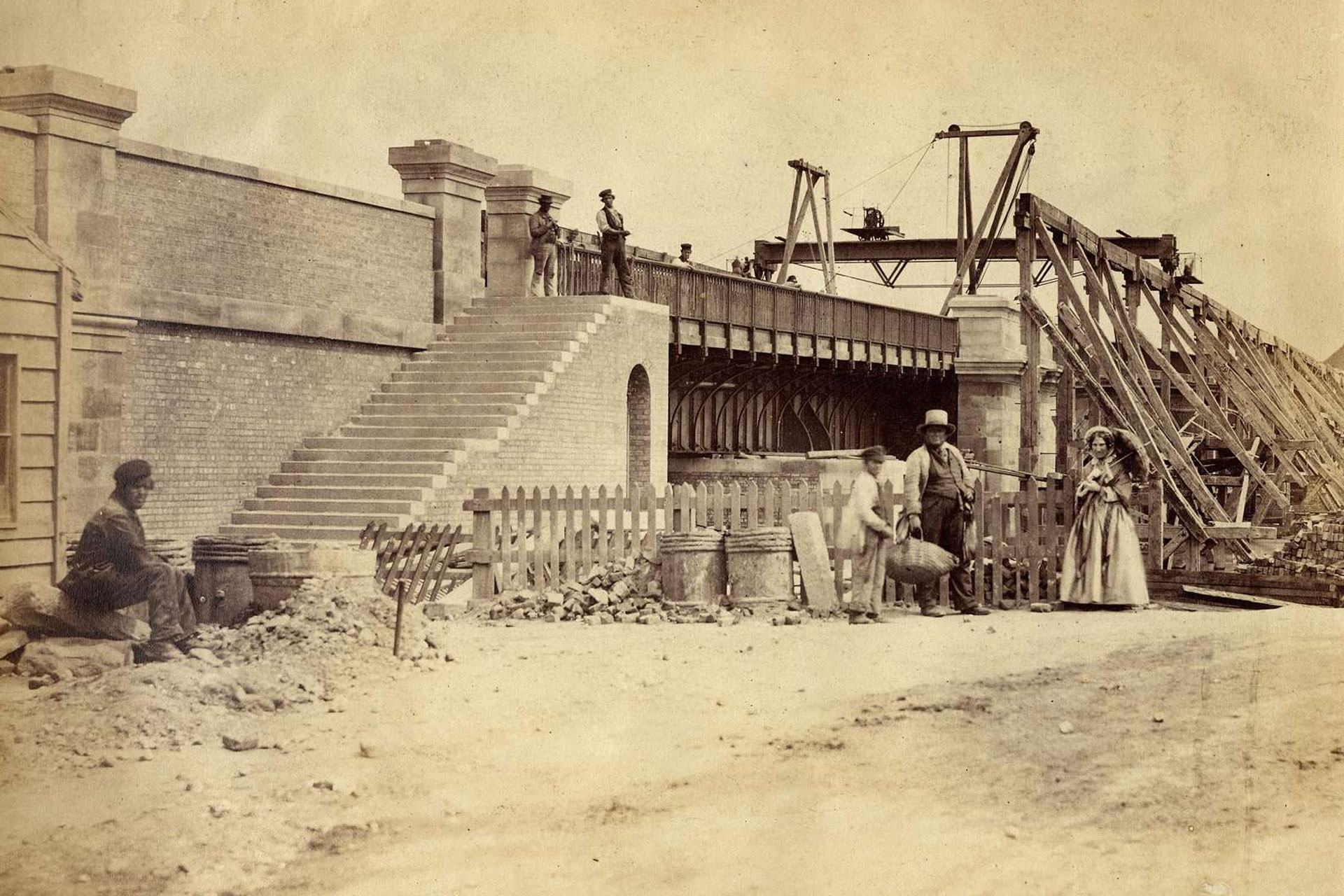

‘Rochester Bridge in the 19th century: from medieval stone to modern steel’ by Sue Threader
8th November 2023 @ 6:00 pm - 8:00 pm
This event is both an in-person and on-line event. To reserve a spot for either option, please visit the lecture’s Eventbrite page
As the 18th century came to a close and the Industrial Revolution was well-established, the only river crossing at Rochester was still a narrow stone medieval bridge which had been built in 1393 through charitable donations. In 1792, the Wardens of the Bridge appointed their first salaried engineer and began a process of modernisation and innovation under the guidance of some of the most important and impressive civil engineers of the day, including Rennie, Telford and Sir William Cubitt. By the turn of the 20th century the medieval bridge had been replaced by the substantial and highly-decorated Old Bridge that is still in use as the only road crossing on the A2 from Rochester to Strood today.
This lecture will explore the evolution of Rochester Bridge, a story which reflected much of the wider change going on in the 19th century bridge engineering profession. It will also explain the political and social background to the changes and how the ancient charity which owns and maintains the bridge was also forced to evolve as the demands for efficient road and river traffic grew.
About the Lecturer
Sue Threader is a Fellow of the Institution of Civil Engineers with senior-level experience in the public, private and charity sectors. She is the first woman chief executive of the medieval trust that owns Rochester Bridge, which is managed with Net Zero Carbon emissions. Sue writes on historic bridge engineering and has appeared on Channel 5 with Rob Bell sharing her expertise. She is a Liveryman of the Worshipful Company of Engineers, member of the ICE Archives Panel and is the lead editor of a new website celebrating the work of John Rennie.
Sue holds an Honorary Doctorate and an ICE award for outstanding career contribution to civil engineering. She has been a finalist for Charity Chief Executive of the Year three times.
